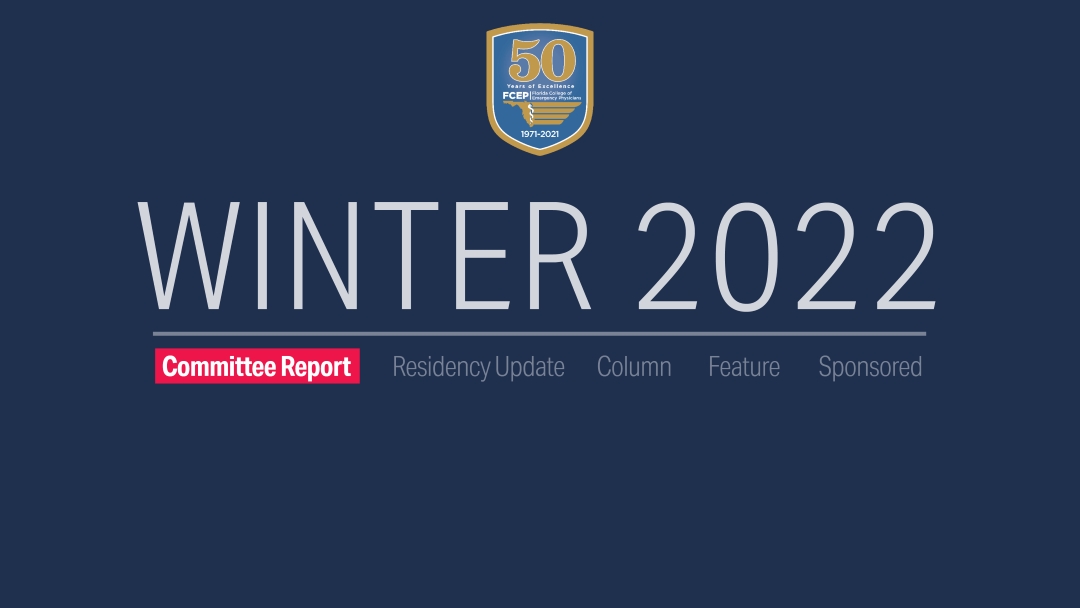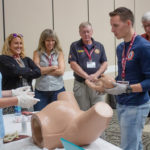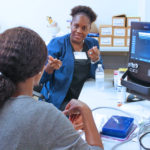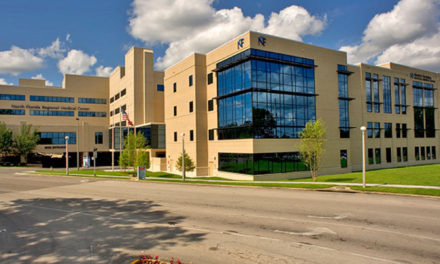Education Corner: Curious About What? An Introduction to Medical Education Scholarship
When the word research is mentioned, most people think about beakers and spending long hours in a laboratory. In healthcare, research determines the safety and effectiveness of treatments, diagnostic studies, or devices. Medical education scholarship can broadly be defined as research that relates to the education of medical professionals, including research related to undergraduate, graduate, and continuing medical education. [1] Scholarship is more than research, as it is conducted systematically, based on evidence, and findings are publicly distributed for peers to review and expand knowledge. In the course of this article, we will provide an introduction to medical education scholarship.
To define the work done by academic professors and change the notion of “teaching vs. research,” Ernest Boyer described four functions of scholarships: discovery, integration, application, and teaching. As higher education institutions evolved, the scholarship of teaching failed to describe the assumptions of its research, [2] thereby insisting that the processes of teaching and learning should be studied together. In addition, this type of research should be public, critically reviewed, and produced in a form that allows others to build on it. Considering all of this, Shulman introduced the term “Scholarship of Teaching and Learning” (SoTL). [3]
Medical education scholarship can be performed on a variety of topics, including curriculum development, teaching methods, assessment and evaluation, faculty development, and use of technology in education. [1] Ultimately, the primary purpose is to improve patient care through the improvement of student learning outcomes. In addition, it aims to advance learners’ knowledge and skills by understanding how they learn and what affects their learning experience. [4] Furthermore, it should support and improve educational innovations, increase effectiveness and efficiency, and promote professional responsibility and curiosity.
You may ask, this sounds interesting to me; so where should I begin? All scholarships should follow Glassick’s six core principles of excellence, including clear goals, adequate preparation, appropriate methods, outstanding results, effective communication, and a reflective critique. Table 1 provides a brief description of each of these principles. [5] Sullivan provides those interested in medical education scholarship with eight strategies to get started: [6]
- Read. Make a habit of reading. The idea is to “pick one and stick with it.” For example, choose one medical education journal, one topic, and at least once a month.
- Determine your focus. Think about leveraging your personal interest, future goals, or your skill set to your institutional needs.
- Create a personal infrastructure. Budget time off your schedule to work on and accomplish your scholarly work — you may need to negotiate for protected time, but just a few hours a month makes a difference. Think strategically by starting small with a pilot and then growing the project into a larger study or multi-institutional project. Stay on task by developing a timeline that you hold yourself accountable for and allows you to show your work to your supervisors.
- Develop a network of collaborators and mentors. You can look both within your institution and outside of it to develop alliances. Collaborators are often found when going to meetings and even by harnessing the power of technology through email, virtual communities, and social media.
- Learn to critique scholarship and write. Now that you have been reading medical education journals, sign up to be a reviewer and learn to critique scholarship and write. If this is your first time, consider reviewing as part of a group review or team up with other faculty. You may also consider taking some professional development courses on medical education research.
- Think prospectively, not retrospectively. Plan for the scholarship before starting the educational activity. Do not retrofit assessments or outcomes to a delivered educational activity or survey.
- Write a review paper. If you have an educational question with no recent review papers, consider writing one. It will help others with the same educational question.
- Pass it on. Lastly, now that you have mastered all of the above, be a mentor for a junior faculty and encourage them to participate and become an advocate for a scholarship!
There are many medical education scholarship opportunities. Some examples are curriculum and teaching issues/innovations, skills, and attitudes relevant to the structure of our profession, individual characteristics of learners, the evaluation of students and residents, professionalism, leadership, and advocacy. Another area worth mentioning is the use of social media in medical education and the impact of free, open access to medical education on the learners to improve patient care and outcomes.
In conclusion, we have summarized the origin and some key concepts involved with medical education scholarship. We have also reviewed some tips for those who would like to start getting involved in it. So, fellow medical educators, let’s use our ideas to improve and elevate the teaching and learning of our medical students and residents. ■
Table 1. Glassick’s Core Principles of Scholarship
| Clear Goals | Does it state the basic purpose of his or her work clearly? Does it define objectives that are realistic and achievable? Does it identify important questions in the field? |
| Adequate Preparations | Does it show an understanding of existing scholarship in the field? Does it bring the necessary skills to his or her work? Does it bring together the resources necessary to move the project forward? |
| Appropriate Methods | Does it use methods appropriate to the goals? Does it apply effectively to the methods selected? Does it modify procedures in response to changing circumstances? |
| Significant Results | Does it achieve the goals? Does the work add consequentially to the field? Does the work open additional areas for further exploration? |
| Effective Presentation | Does it use a suitable style and effective organization to present his or her work? Does it use appropriate forums for communicating the work to its intended audiences? Does it present his or her message with clarity and integrity? |
| Reflective Critique | Does it critically evaluate his or her own work? Does it bring an appropriate breadth of evidence to his or her critique? Does it use evaluation to improve the quality of future work? |
Adapted from Glassick. [5]
References:
- Collins, Jannette. “Medical Education Research: Challenges and Opportunities.” Radiology, vol. 240, no. 3, 2006, pp. 639–647.
- Boyer EL. Scholarship reconsidered: Priorities of the professoriate. Princeton, NJ: The Carnegie Foundation for the Advancement of Teaching; 1990.
- Shulman, Lee S. Fostering a Scholarship of Teaching and Learning. Institute of Higher Education, 2000.
- Atluru A, Wadhwani A, Maurer K, et al. Research in medical education: a primer for medical students. April 2015. aamc.org/download/429856/data/mededresearchprimer.pdf.
- Glassick CE. Boyer’s expanded definitions of scholarship, the standards for assessing scholarship, and the elusiveness of the scholarship of teaching. Acad Med. 2000;75(9):877–880.
- Sullivan, Gail M. “A Toolkit for Medical Education Scholarship.” Journal of Graduate Medical Education, vol. 10, no. 1, 2018, pp. 1–5.
This article is part of the following sections:











